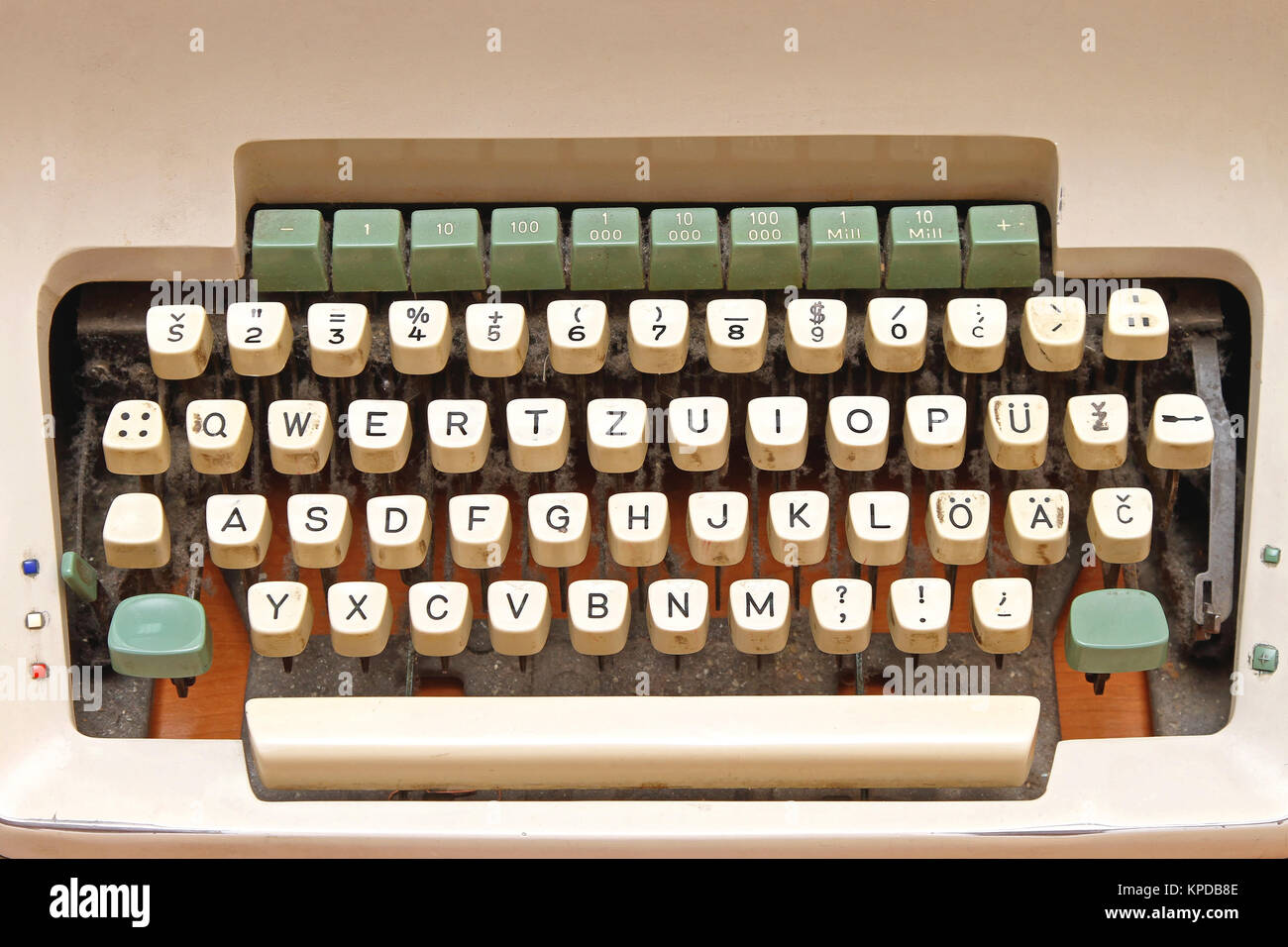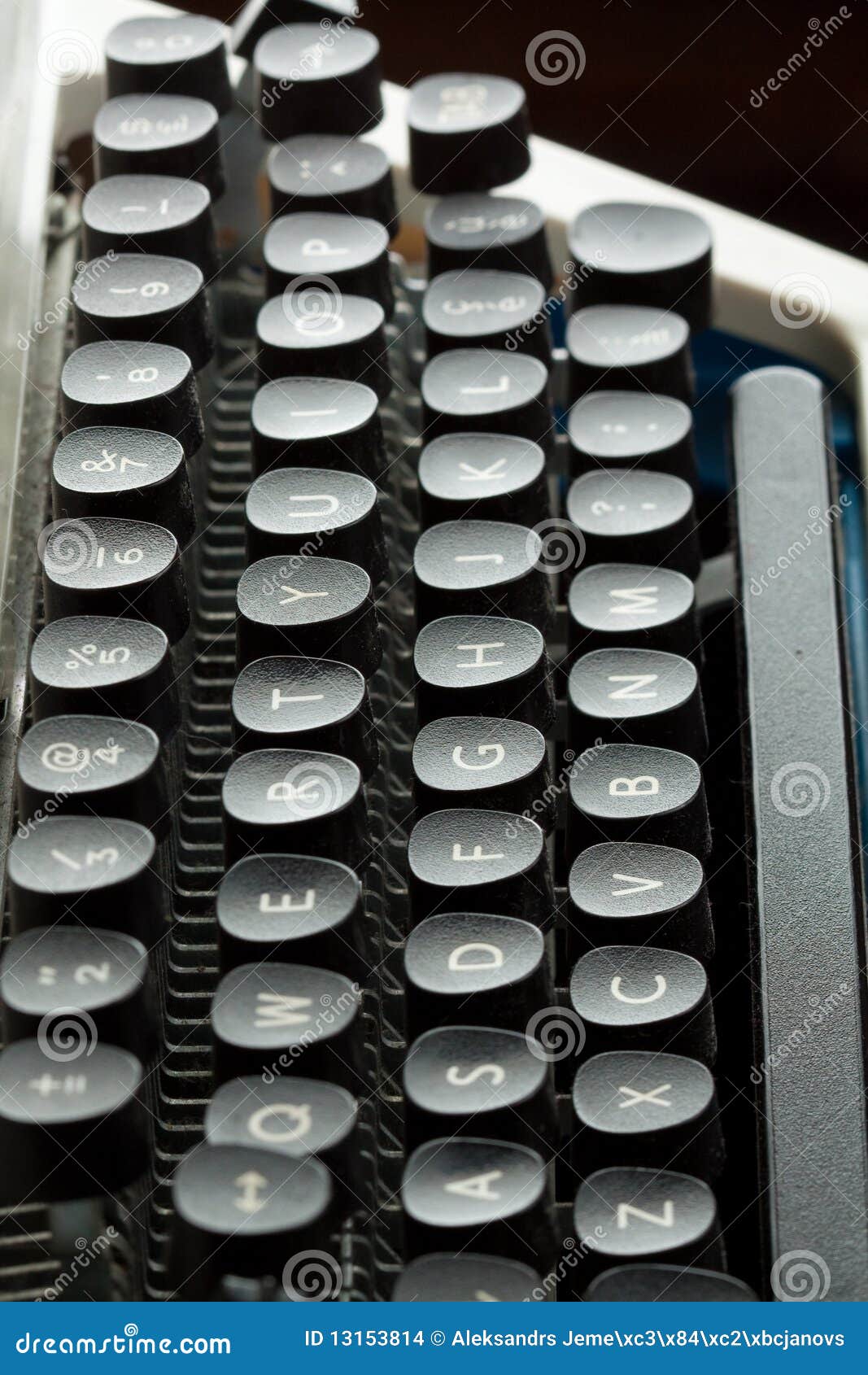
USB2: usb B type jack such as FCI 61729-0010BLF.Custom laser cut metal tabs ("feather contacts" ) ĮLECTRONICS BOM (included with the DIY Kit):.An assortment of small neodymium magnets.The USB Typewriter is an open-source project! Although you don't need them to follow these instructions, you can find all of the schematics, layouts, and software files HERE. To deal with those keys, we use tiny switches that close when in the presence of a magnet. The Reed Switches: Because the Sensor Board only detects keys that strike the crossbar, several important keys go undetected.By sending the CLK and SER signals, it controls the operation of the Sensor Board (again, refer to the animation below), and by monitoring the "chassis" signal, it can detect keypresses. The animation shows that the Interface Board can tell which key has been pressed, based on which pin of the sensor board was active when the chassis signal was detected. The interface board also controls the USB jack that connects to your computer. an Arduino chip), a USB socket, and some supporting components. The USB Interface Board features an Atmega168P microcontroller (i.e.When the signal being passed down the row of shift registers is intercepted by one of the keys the microcontroller is alerted to a keypress.

Each contact is attached to a different pin on a chain of shift registers, which act like a fireman's "bucket brigade", passing a signal down the line from one pin to the next (see the animated picture below).

The Sensor Board is a long strip of flexible metal contacts which clip easily underneath the keys of the typewriter.You don't really need to know how this works to perform the mod, but since you are probably as geeky as I am about this sort of thing, read on: The Details: The USB Typewriter system consists of three main components: the Sensor Board, the USB Interface Board, and the Reed Switches. Kit, which I have made available in my etsy store (): You might imagine that the project involves jumbles of wires and dozens of switches and sensors, but actually there are very few wires and absolutely no mechanical switches involved! However, because this project requires some custom components and circuit boards, you will need to purchase a USB Typewriter D.I.Y.

#A typewriter keyboard full
The hack is intended as a full keyboard replacement, so you can get rid of that piece of disposable plastic you call a keyboard and use the desk space for a classic, functional work of art - A USB Typewriter! Read on, and you will see that this modification is surprisingly easy to implement - It shouldn't take longer than a weekend to do, and is within reach of any electronics novice. Or, instead of using the typewriter as a computer keyboard, you can turn off your monitor altogether and type directly onto paper - while discretely saving a soft-copy for later use! In this instructable, I'll help you bring your old typewriter back to life by converting it into a USB compatible keyboard for your PC, Mac, or tablet computer.
#A typewriter keyboard manual
Now, the USB Typewriter lets you enjoy the magic of writing on a manual typewriter, without forfeiting the ability to use word-processing, email, web-browsing, or other modern desktop conveniences. From the satisfying snap of the spring-loaded keys, to the gleam of the polished chrome accents, to the crisp marks on the printed page, typewriters make for a sublime writing experience. There is something very magical about typing on those old-school manual typewriters.


 0 kommentar(er)
0 kommentar(er)
